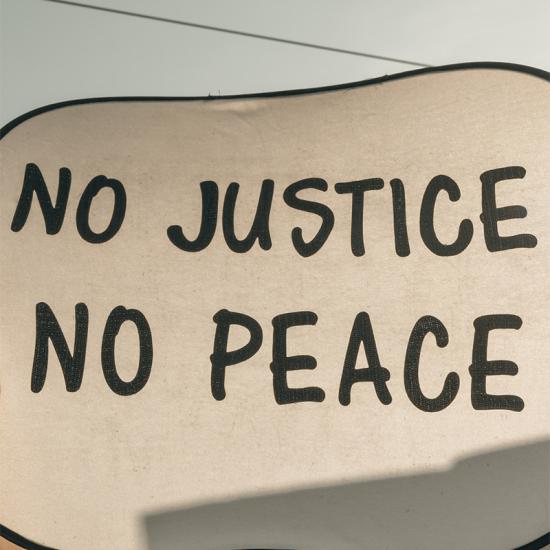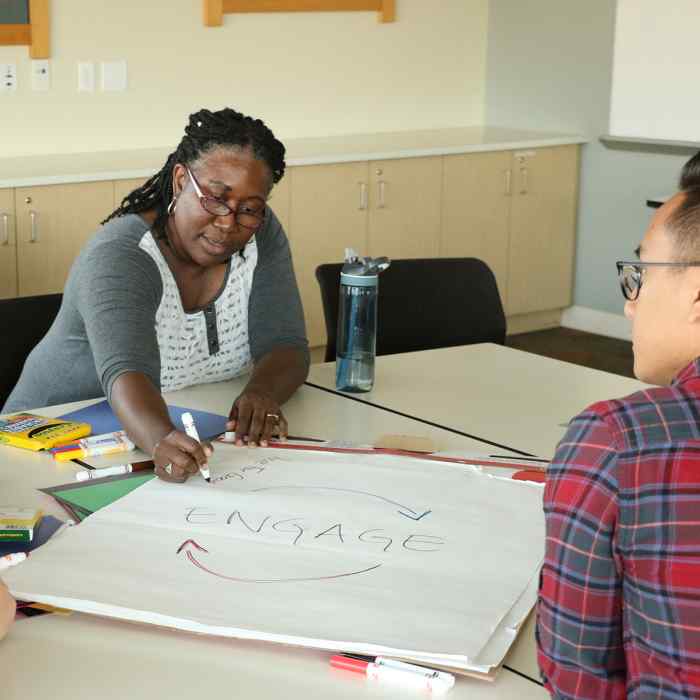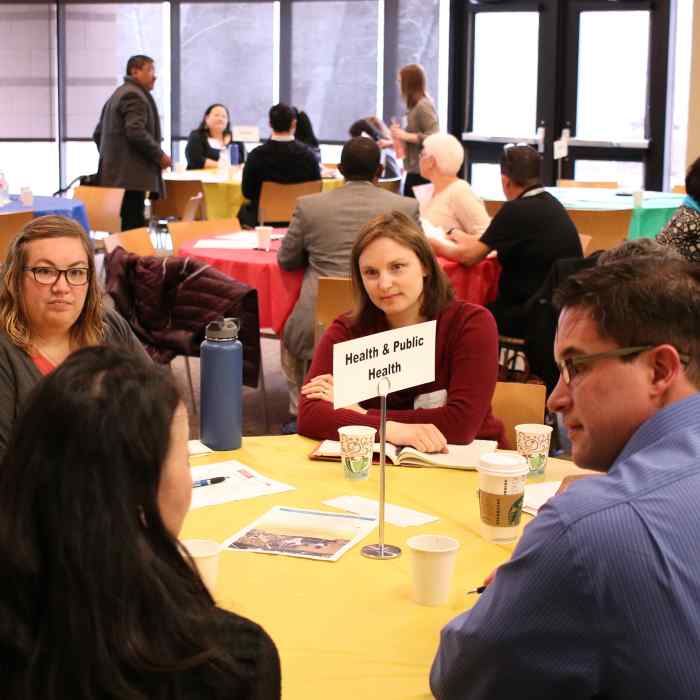Engaging Community to Prevent Crime and End Police Violence
“Here in North we have tons of law enforcement and no security. My cousins in Minnetonka have tons of security -- and no enforcement.”
In August 2016, less than a month after local police killed Philando Castile, a young Black woman made that point at a community safety event in North Minneapolis. Implied in her statement are two pieces of wisdom. First, research shows that non-police systems and resources in a community can prevent crime, or create “security.” Second, far from ensuring safety or security, police themselves can cause violence and insecurity. Black people, Native people, and other already-marginalized people bear the brunt of police violence and non-protection.
Now it’s September 2020, just three months after local police killed George Floyd, and the movement to end police violence has grown to be the largest mass movement in generations. More people than ever are grappling with a question that follows the young woman’s statement: What can prevent crime and end police violence?
One answer from the research is: community engagement.
By “community engagement” I mean a collaborative process where groups of people work together to address issues that impact their lives. Examples include: organizing a block watch to reduce the risk of harm during riots, supporting local mutual aid efforts to distribute food and necessities to those in need, and calling elected officials to make public policy changes.
Community engagement and crime prevention.
Research shows that community engagement is a necessary part of preventing crime, in a number of ways.
- Individuals engaging with each other. Where individuals in an area have good relationships with each other, they can create a condition called “collective efficacy,” or “a willingness to intervene for the common good.” One study found that where that willingness to intervene is high, crime is low, even when controlling for the influence of other issues, such as poverty and the length of time people have lived in the community.
- Grassroots organizing. Where community organizations engage in grassroots organizing, they can help create social and political power to address community problems. Evidence shows this type of organizing is “central to initiatives to prevent gun and youth violence.”
- Community power in government. A synthesis of case studies finds that community wisdom can ensure that government is tackling the root conditions that fuel violence. One national assessment found that cities that approach public safety in coordination with community have the lowest rates of youth violence.
Community engagement and ending police violence.
Community work to end police violence goes back generations, with roots in anti-racist responses to Jim Crow, and more modern work grounded in the violent police response to the civil rights movement and Movement for Black Lives. This work has proved central to everything from capturing police violence to advancing solutions. Just recently in Minneapolis, community members:
- Filmed and shared videos of Minneapolis Police officers that captured horrific violence and cast great doubt on the accuracy of official police statements
- Reported on the chemical weapons, less lethal projectiles, and other state violence used to suppress both peaceful protests and riots
- Sued to enforce access to public records on complaints against Minneapolis Police officers and their resolutions
One impact of this type of community engagement nationwide is public attitude shifts; more Americans than ever before believe that police violence is a very serious problem.
Additionally, local organizations such as Black Visions Collective, MPD150, Reclaim the Block, and Root + Restore have been pivotal in framing and moving forward solutions. Their work has helped:
- Share critiques of popular reforms, including the lack of evidence that de-escalation, implicit bias training, early intervention systems, and body-worn cameras improve police officer behavior
- Organize actions including marches, community safety meetings, mutual aid projects, and campaigns to pressure elected officials
- Remove police officers from Minneapolis and St. Paul Public Schools
- Secure the Minneapolis City Council’s commitment to divest from the Minneapolis Police Department and invest in a community-based vision of public safety
Similar work to shift resources and responsibilities from police departments, and empower community-based crime prevention has happened across the country, some captured in this database.
Community engagement and what’s next.
Everybody deserves to be safe from violence, including police violence. Community engagement is a key mechanism to both prevent crime and end police violence. Stakeholders interested in advancing those twin goals should center community wisdom, understand the evidence behind it, and advance policies that shift power and resources from police to community-based crime prevention.
Read more about crime prevention impacts of community engagement and other factors that contribute to community safety.
Learn about Wilder's community safety and criminal justice research.
Photo courtesy of Clay Banks via Unsplash.
Lindsay Turner was a research associate at Wilder Research.


